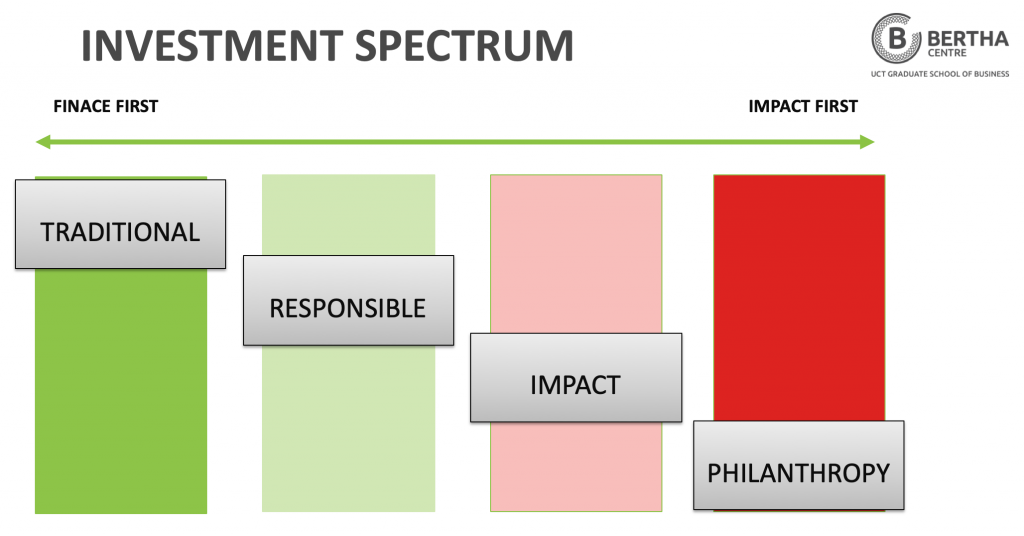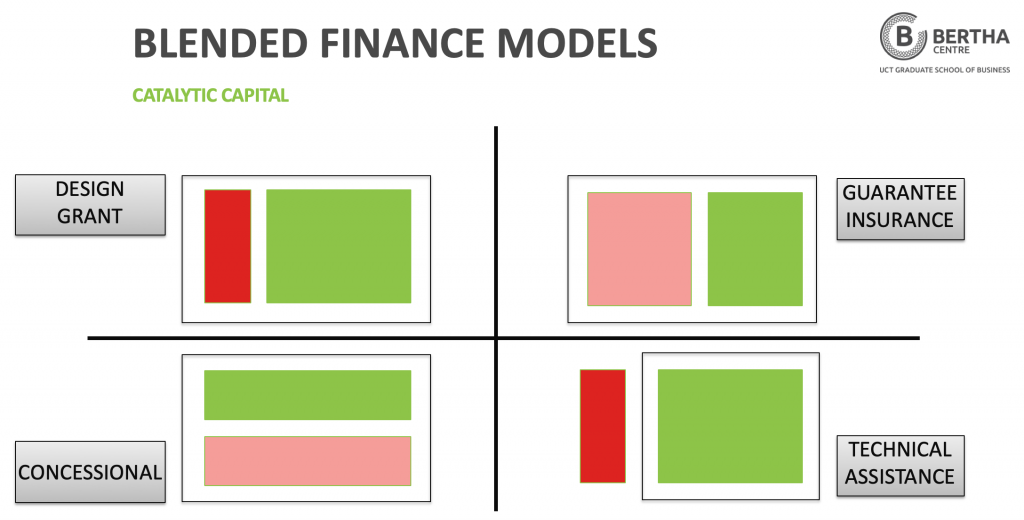
- Home
- information centre
- redefining the potential for impact investment and catalytic capital
Redefining the potential for impact investment and catalytic capital
Step outside the 1%. There’s a spark hidden within CSI capital that can catalyse a fire...
The statistics in the seminal handbook for Corporate Social Investment (CSI) in South Africa 2018 – Trialogue's Business in Society - paint a pretty picture of a corporate environment focused on achieving results from investment. Around R9.7 billion was spent in 2018, 51% of this was channelled to non-profit organisations (NPOs) and 62% of corporates increased their spend from the previous year.
And yet…
- That hefty sum of more than R9 billion is only 1% of contributing company's net profit after tax.
- Only 85% of companies and 68% of NPOs actually measure outcomes for their projects. How can more companies measure results when their intermediary NPOs don't? Good question.
There is so much more that can be done with both the numbers and the value of the investments. There is a way to change the thinking around CSI investment and spend that delivers tangible results and shared value.
At the recent Business in Society 2019 Conference, Dr Susan de Wit from the Bertha Centre for Social Innovation and Entrepreneurship asked just this – how can you think differently about your CSI investment?
The answer lies in using new forms of financial instruments to help solve developmental challenges – blended finance models and catalytic capital.

Capital usually sits in silos. Blended finance is the use of capital from either public or philanthropic sources to increase (catalyse) private sector investment into developing countries and sustainable development. It's not just about funding development projects, it's about funding projects that catalyse other funded projects...
“The organisation can either provide capital or benefit from catalytic capital. It is from catalytic capital that a spark can become a fire. You can use your money to do as much as possible, moving investment deeper, driving the benefits further, and achieving far more significant results.”
Dr Susan de Wit
It's time to become smarter. Use the structured model of blended finance to create parallel investment streams that achieve independent objectives and span a variety of transaction types. Blended finance allows an organisation to invest different types of capital with the goal of increasing the amount of capital that can be directed towards sustainable change and CSI investment.
Blended finance is not an investment approach, unlike impact investment. It is a structure that allows for deeper diving into commercial funding that creates more effective models of service delivery and more strategic spend.

“Companies shouldn’t think of their CSI as a separate division to their core business, they should start thinking about the entire portfolio of investment to be able to cleverly use their foundational investment to leverage commercial investment and catalyse more than they otherwise would.”
Dr Susan de Wit
Transformation and disruption are redefining the CSI space at the moment. Organisations want to use their resources more intelligently. They want to see value on their investment. It's time to change the perception of CSI from a 1% tick-box process to a catalytic capital investment powered by blended finance models and delivering tangible results.
Grant funding isn't the only game in town anymore...
You can find the Bertha Centre on Twitter (@berthacentre) or on Facebook and LinkedIN by searching for "Bertha Centre for Social Innovation and Entrepreneurship".





